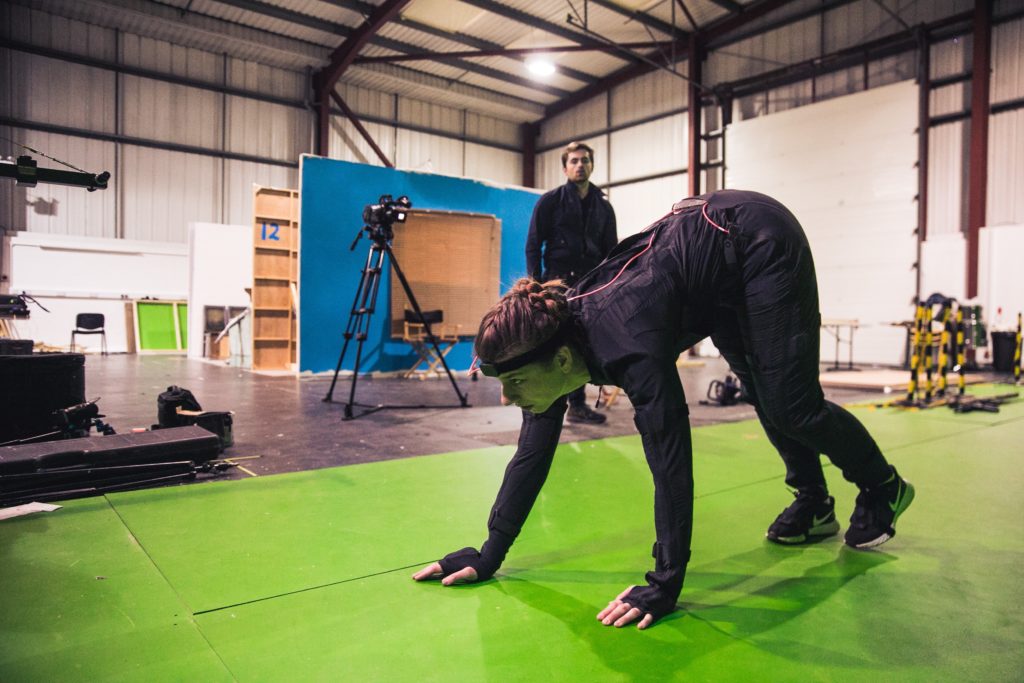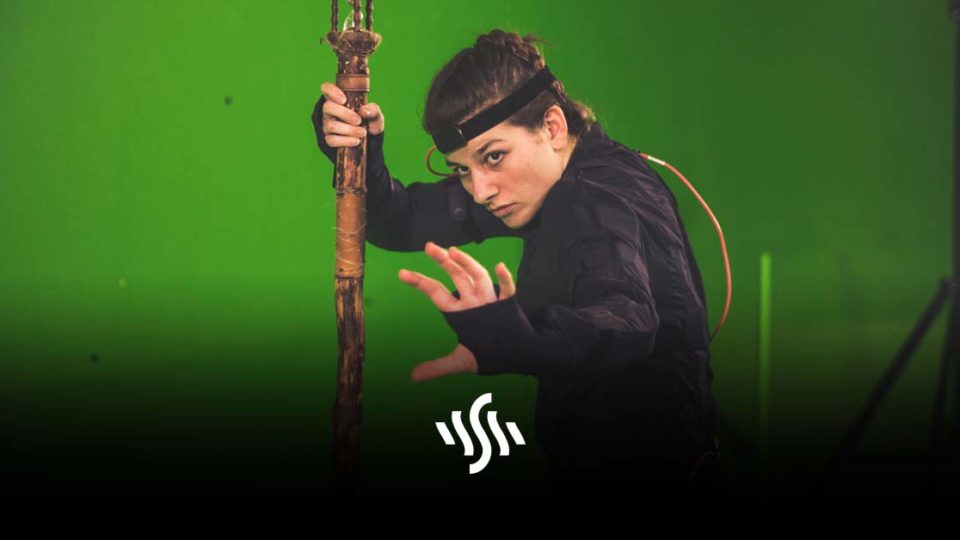Motion Capture | A Beginner’s Guide
You may recognise famous motion capture characters, like Gollum from The Lord of the Rings, but do you know how he was created? Here’s our easy introduction to motion capture!
Visual effects (VFX) have come a long way. With the advancement of technology, the way films are created and shot has changed drastically since the dawn of cinema. The use of green screen means the only limit is the filmmaker’s imagination for where a movie can be set. Gone are the days of relying solely on heavy costumes and extensive makeup, thanks to motion capture.
What Is Motion Capture?
Motion capture, also referred to as mocap, is the process of recording the movement of people or objects. The data recorded is then transferred to another digital application. This enables filmmakers or game creators to capture photorealistic movement in a virtual environment. It isn’t limited just to cinema, being utilised in sports as well as the development of robotics.
All sounds rather technical, huh? How does it actually work? Let’s first look at where it came from, and how it has developed over time.
Mocap Origins

American animator, Lee Harrison III began developing techniques for capturing the motion of actors in the 1960s. Working on the first mocap suit, Harrison used a series of analogue circuits, cathode ray tubes, and adjustable resistors. With these, he worked out a system for recording real-time movement.
This technology was quickly developed further in the following decades. Potentiometers attached to suits would relay any movement to a monitor, where it was roughly turned into animation. Suits were gradually improved, being lined with active markers. Large cameras were also involved in capturing the movement, allowing for much more detailed animations.
Popularising of Motion Capture
This visual effects technique didn’t gain mainstream popularity for some decades since its birth. It was used sparingly in American commercials and television, although the animations produced were somewhat rudimentary.
The first film that exclusively used mocap animation was Sinbad: Beyond The Veil Of Mists, which was not received well. Check out the animation for yourself…
Although this film flopped in 2000, it did catch the attention of other filmmakers. Peter Jackson went on to incorporate it in The Lord of the Rings in 2001.
Actor Andy Serkis has become synonymous with motion capture. His performance of Gollum in The Two Towers in 2002 was revolutionary for the fact that the team could shoot motion capture on location. Rather than acting separately in a studio, Serkis was able to interact with fellow actors. This was largely thanks to an updated mocap suit and plenty of special cameras tracking his facial expressions.
The multi-award winning Avatar used mocap entirely for its animation. The creator, James Cameron held off on making the movie until he felt confident motion capture technology was up to scratch. Waiting for advancements, he was able to use a “virtual camera” which allowed him to see the mocap actors in the animated world of Pandora live, as they were recording.
The Future of Mocap Animation
Just like with computers and mobile phones, we can expect mocap technology to advance whilst simultaneously shrinking. Suits will undoubtedly get lighter, moving towards markerless tracking. Fewer cameras will be required to capture finer details.
The advancement will aid actors in performing more freely, as well as making the capture of this particular animation method much more accessible and portable.
